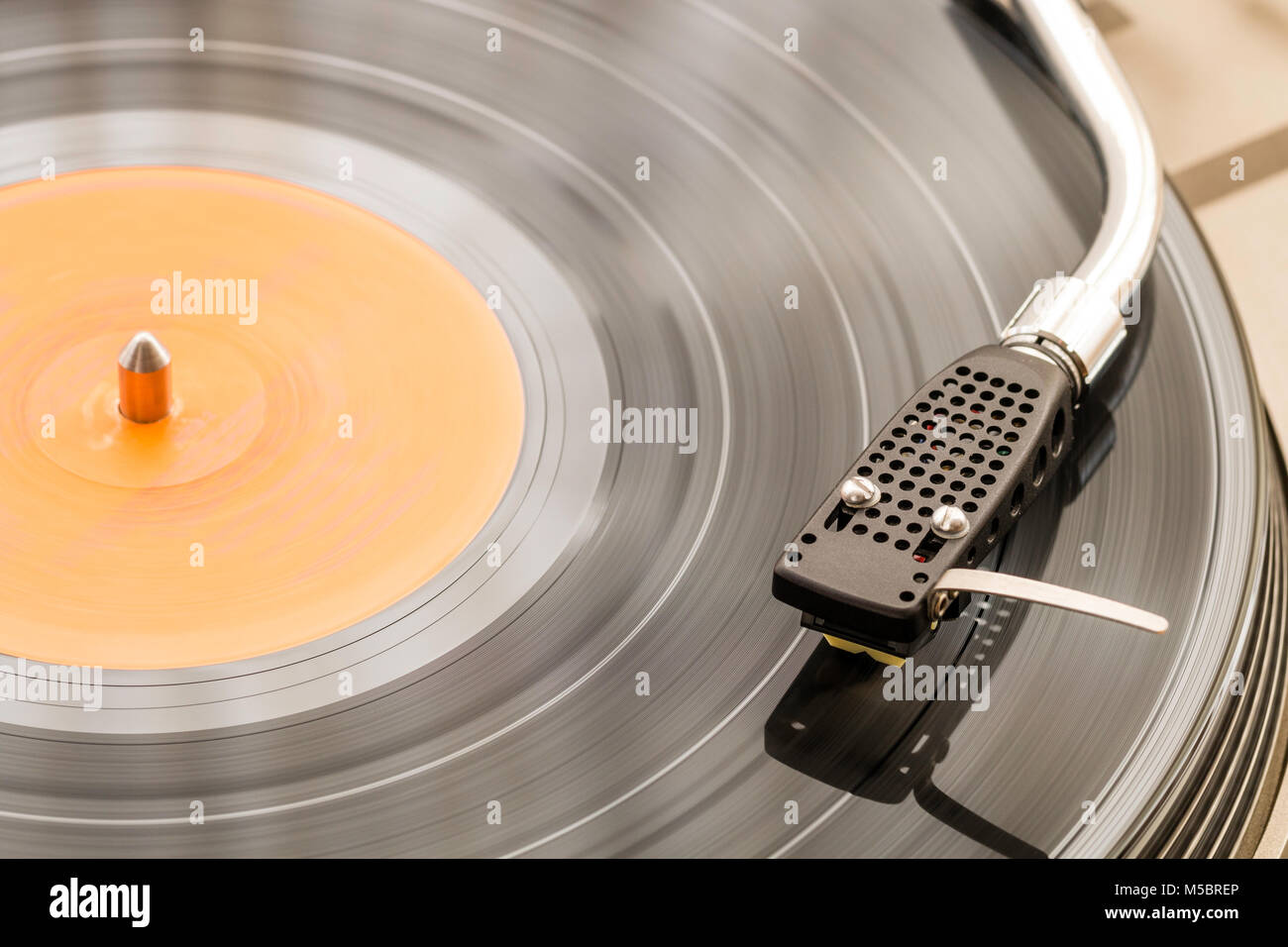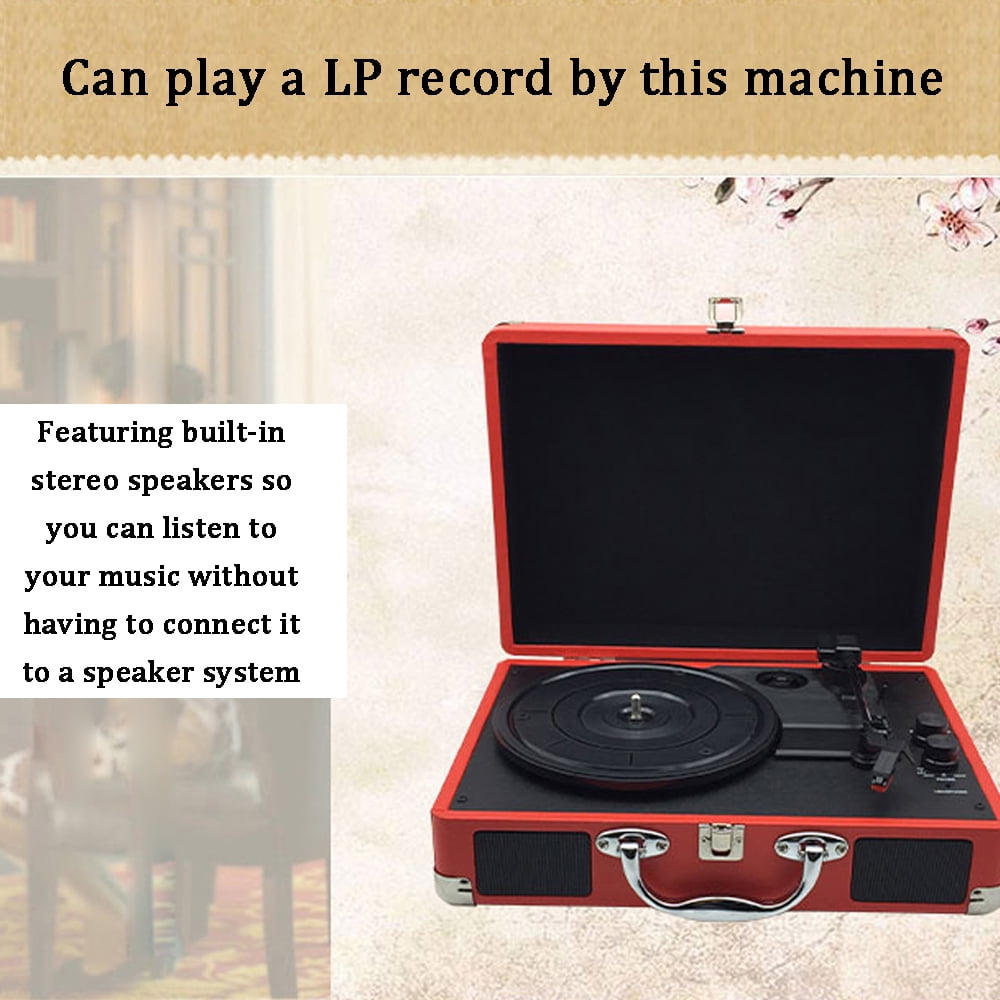


Perhaps someone with a more vivid memory can help? Reply Delete The disc is no longer in my possession, dad's been gone these 15 years and I am in my late 60s, still fascinated by the image of that 16 RPM disc but unable to corroborate what I have just written.

However, I am quite sure that the 45 RPM did not make make its appearance in India until the early 50s. And, from what I have been reading above, the 16 RPM was never used to record music, which tells me I may be under an illusion. Both were truncated versions of the two classics. Back in the late 40s when I was growing up in India, I remember Dad placing a small disc with a brown label on the hand-cranked HMV turntable and disgruntled sounds emanating from it, which Dad identified to me as being Bolero on the one side and La Paloma on the other. It resurfaced just the other day when I was talking music and records with a chance acquaintance. The 16 RPM has always remained in the memory and I have often wondered at it. Here's another article you may be interested in. I have never seen one nor do I know anyone who ever owned one. Many retail outlets who sold records didn't even bother to keep them in stock. Broadcasters also discovered superior sounding and more efficient ways to solve their transcription needs but, for a brief era, the 16 RPM record served a specific and useful purpose.Įven back in their heyday 16s were hard to find because most of them were manufactured for commercial usage only. Cassettes came along allowing people to listen to books in their cars or while jogging around town. Here is the Wikipedia article about it should you be interested in learning more. A record player installed in a car? Yes, it really happened. The system employed a sapphire stylus with a ceramic pickup on a turntable that was installed below the instrument panel. You can find out a lot more details on this subject here.įinally, believe it or not, Chrysler Corporation created Highway Hi-Fi, an audio format that enabled the 16 RPM records to be played in their cars from 1956 to 1958. Because the Seeburg's usage was strictly intended for background music the sound quality was not a major concern. The records for this system were monaural and could play up to 40 minutes per side. The system used 16 RPM discs that were 9 inches in diameter and could be stacked on traditional 45 RPM spindle adapters. The famous Seeburg 1000 was a record player that was used exclusively to play background music in offices and restaurants. Wells' The Time Machine narrated by actor Dan O'Herlihy. Pictured at the top, left, is a 16 RPM record of H. More frequently they became the first "Talking Books" for the blind. Radio stations often used the discs for pre-recorded radio shows containing interviews, dramas, and documentaries. (For example, see this label from a 16 RPM Miles Davis disc on the Prestige label). Because good quality reproduction was not possible they were mostly used as outlets for the spoken word although there were some exceptions. 16 RPM records were too slow for proper high fidelity sound.


 0 kommentar(er)
0 kommentar(er)
